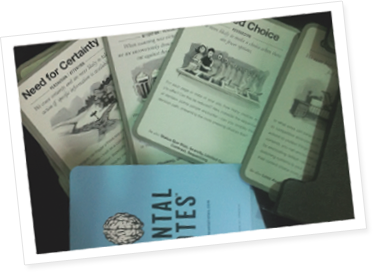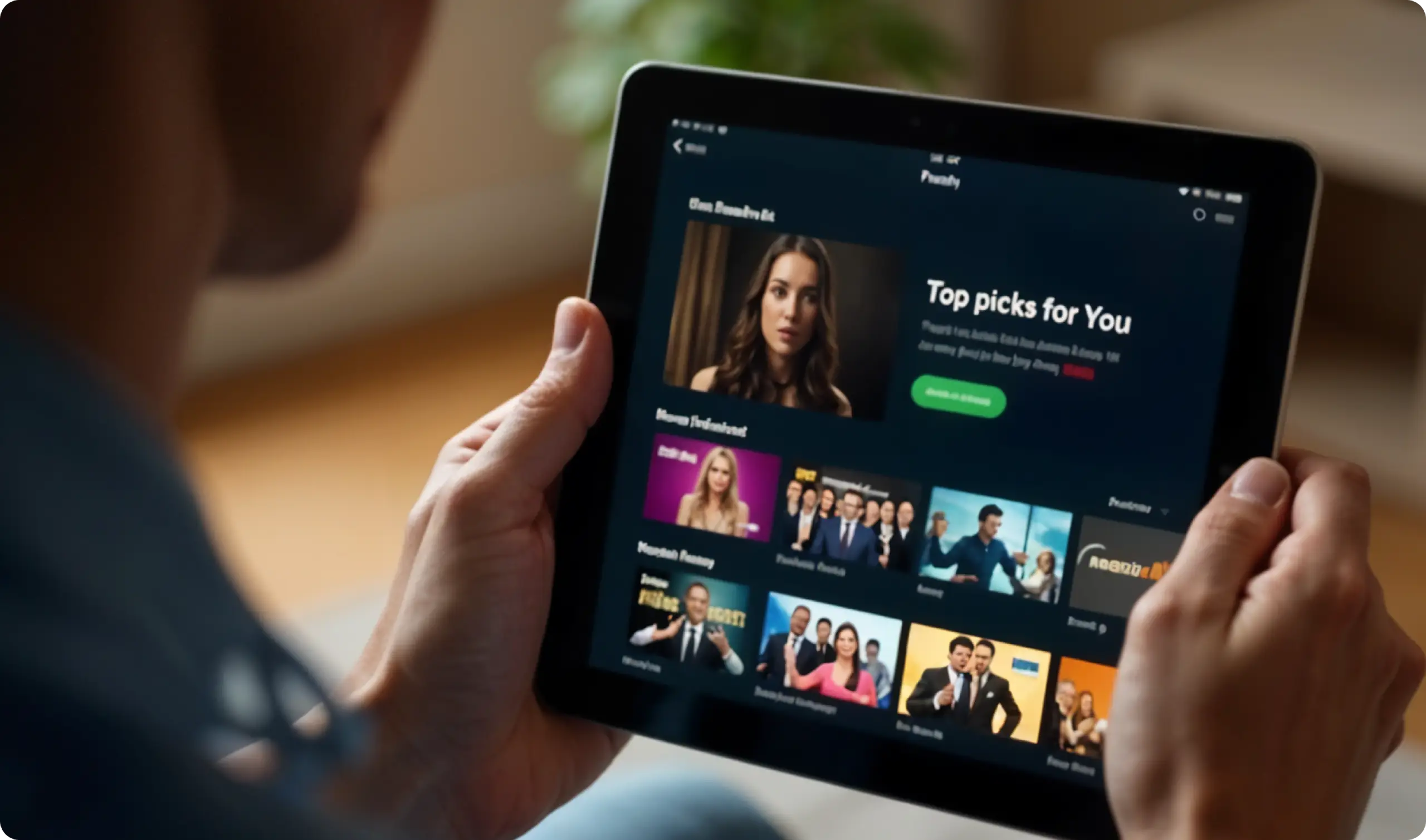
You are creating a new product but don’t seem to find a direction or know where or how to start. Design is about achieving consumer/user delight. Delight means hitting the right chord in their minds. So it’s imperative to consider psychology behind human behaviour in our daily design thinking.

Human behaviour is experienced throughout an individual’s entire lifetime. It is influenced by culture, values, ethics and more. It includes the way humans act based on different factors such as genetics, social norms, core faith, emotions, and attitude. Behaviour is also impacted by certain traits each individual has. Social norms also impact behaviour and hence we see humans following certain rules and display certain behaviours in society, which conditions the way people behave. Different behaviours are either acceptable or unacceptable in different societies and cultures. Core faith can be perceived through the religion and philosophy of that individual. It shapes the way a person thinks and this in turn results in different human behaviours.
Mental notes is such a tool that helps designers get insights into various human behaviour aspects like Comprehension, Persuasion, Attention, Memory and Understanding documented in a set of reference cards.
The cards include themes like curiosity, reputation and limited choice. It aids designers to figure out a more micro level psychological principle that could be used to arrive at a solution. In other words, it helps generate ideas that the designer alone can’t find all by herself.

Mental Notes is a card deck of 52 cards designed by Stephen Anderson – each representing a different insight into different aspects of human behaviour. Each card defines the concept, explains how it applies to human behaviour, and suggests ways of applying this concept to web design or can help find creative solutions to problems. One way to use the cards is to ask yourself “How can we use ‘A’ mental note to arrive at a solution for ‘X’ challenge/goal?”
So, next time you are about to build a concept design – wait, don’t start – first try sifting through these cards!
Here is an article you might be interested in – Practical Guide to Remote User Research
Amplify your brand presence with the best UX design studio that truly aligns your needs with those of your consumers! Get in touch with us at YUJ Designs, today!






